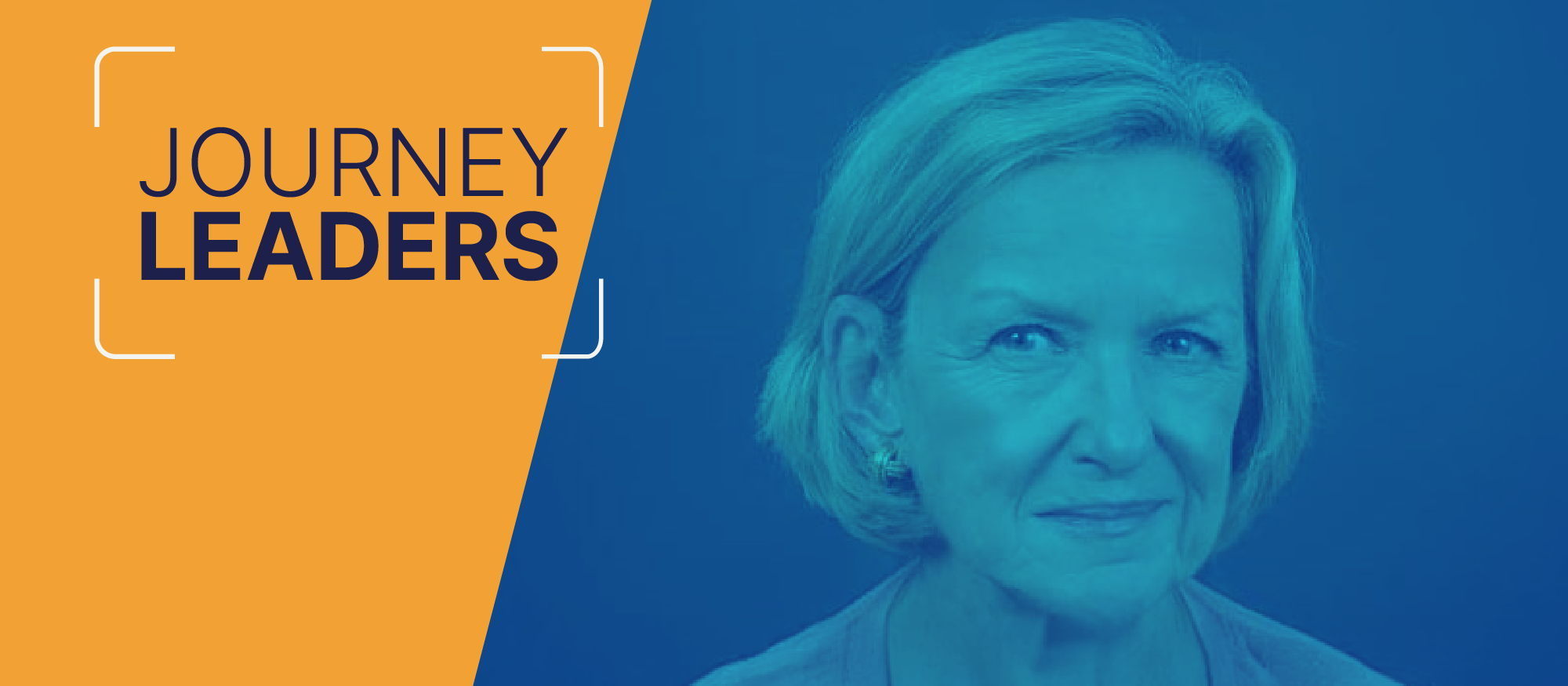Achieving the Dream will host a virtual Equity and Justice Institute May 1–2. Designed to examine the connection between equity work and justice work, the institute will explore how community colleges can help students impacted by the justice system and other minoritized and marginalized students.
We recently caught up with the institute’s organizers, Francesca I. Carpenter and Jairo McMican, who discussed what attendees can expect from the institute, the issues it will address, and the impact they hope it will have.

Francesca I. Carpenter
Director, Equity Initiatives

Jairo McMican
Associate Director, Equity Initiatives
Q: Achieving the Dream has hosted Equity Institutes in the past. What is unique about this year’s Equity Institute, and what can attendees look forward to?
Carpenter: Achieving the Dream has offered the Equity Institute since 2019, each year tailoring the focus on equity issues that community colleges are facing. For this year’s institute, the content and message are focused on the needs, support, and opportunities necessary for justice-impacted and other marginalized and minoritized students to succeed. We are excited to highlight nationally recognized speakers, ATD Network colleges, students, and community partners who are actively engaged in equity work.
Q: What are the primary issues that you seek to address with this year’s Equity and Justice Institute?
McMican: The Equity and Justice Institute aims to address the pervasiveness of inequities faced by students across the country. Inequities manifest in various forms, including disparities in access to resources, lack of opportunities to increase social mobility, and being ostracized for other reasons within society. This institute seeks to address these challenges by actively interrogating policies and advocating for students who have been historically excluded, marginalized, and disenfranchised.
A second component of this institute is to raise awareness about the obstacles and challenges specifically experienced by justice-impacted students.
Q: Let’s clarify what you mean by justice-impacted students. Who are justice-impacted students? Who is — or is not — included in the term?
McMican: The term “justice-impacted” sometimes gets conflated with “social justice.” Although the two have the word “justice” within them, they differ. A justice-impacted student is someone whose life has been affected by the criminal justice system in one of two ways: either directly, meaning that the student is or has previously been arrested, charged, convicted, or incarcerated, or indirectly, meaning the student has a close family member who is or has been incarcerated, which has caused an emotional, mental, or financial hardship in the student’s life.
What is important to remember is that not all justice-impacted students are the same. The extent to which individuals experience an institution and its learning environment is influenced by various intersections of their identities.
Q: What is ATD’s approach to collaborating with schools, organizations, and communities to address inequities for those who are minoritized, marginalized, or justice-impacted?
Carpenter: ATD has over 20 years of experience supporting colleges in centering equity and redesigning the student experience to ensure success. Through our integrated services, resources like the Equity Toolkit, and dedicated coaching, we are able to work alongside colleges as they interrogate and eliminate barriers for students.
McMican: At ATD, we have primarily focused on helping colleges better understand how to serve students holistically. Our Equity Toolkit, along with additional resources, assists colleges in furthering their comprehension of how to serve minoritized and marginalized students on a deeper level, giving colleges the strategies and tools necessary to enact change. This institute is another step in our focus on increasing equity, while also centering on how to serve justice-impacted students.
Q: What do you see as the role of community colleges in promoting equity?
McMican: Community colleges are at the forefront of uplifting those in the community to actualize their dreams. As Francesca says, it is important for community colleges to be “of” the community and not just “in” the community. That means they know their student population and have designed a campus environment that is welcoming and inclusive. In terms of specific actions, colleges can use the ATD Equity Toolkit to identify an equity principle that resonates and begin assessing where they are and where they want to go. Once they have candid and earnest conversations with their teams and institutions, they can more intentionally increase equity and decrease inequities.
Carpenter: I would also say that community colleges are made up of people — hardworking people — who are dedicated to student success. Colleges can promote equity by celebrating their students’ successes and telling their stories. Centering the student voice humanizes students, which provides colleges with a blueprint to design focused and individualized support. Realizing equity means students have exactly what they need to be successful. All populations of students deserve to feel welcome, and supported, and that they belong at their college; that is what equity and inclusion look like in action.
Q: What is your hope for the future, specifically for the justice-impacted segment of the student population? How would you like to see the Equity and Justice Institute, as well as other ATD initiatives addressing justice-impacted students, impact our current reality?
Carpenter: Hope is found in the drive and perseverance of justice-impacted and currently incarcerated students who are thriving in college courses. I believe that when justice-impacted students can see the direct connection between accessing higher education and their economic stability and mobility, they will succeed and realize their dream of a prosperous future.
McMican: Justice-impacted students are unfortunately on the outer margins of receiving support, reinforcing what Michelle Alexander, author of the bestseller The New Jim Crow: Mass Incarceration in the Age of Colorblindness, references as a population that we are socially allowed to openly despise.* We hope that our work disrupts this deficit mindset and resets folks to help restore some of their humanity. What is the alternative if we don’t help justice-impacted individuals? They will still be in our communities but without hope for a better future. We are not our worst mistakes. We all need forgiveness and support. We hope this institute is the start of that.
* Based on the passage beginning with “Criminals, it turns out, are the one social group in America we have permission to hate.” Michelle Alexander, The New Jim Crow: Mass Incarceration in the Age of Colorblindness (New York: The New Press, 2010), 198.
Register for the Equity and Justice Institute
Download the ATD Equity Toolkit
Learn more about ATD’s equity services



